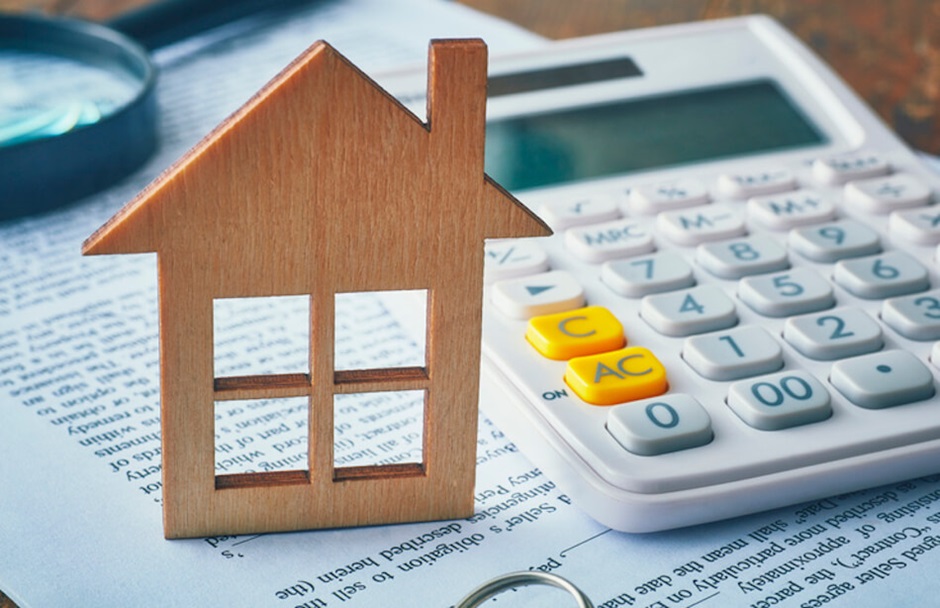Rental property depreciation is a valuable tax deduction that allows property owners to recover the cost of wear and tear on their investment properties. Understanding how to calculate depreciation can significantly impact your bottom line, as it lowers your taxable income and increases cash flow. However, navigating this financial tool requires precision and adherence to tax regulations. This article will break down the basics of rental property depreciation, explain the steps involved, and provide insights into maximizing this benefit while staying compliant with the law. Whether you’re a seasoned landlord or a first-time investor, mastering this concept is essential.
What Is Rental Property Depreciation?
Rental property depreciation is a tax deduction that recognizes the gradual decline in the value of a property due to aging, wear, and tear. The Internal Revenue Service (IRS) permits property owners to deduct a portion of the property’s cost over its useful life, which is typically 27.5 years for residential rental properties.
This deduction applies only to the building and not the land, as land does not depreciate. Additionally, the property must be used for income-generating purposes and meet IRS guidelines to qualify for depreciation.
Steps to Calculate Rental Property Depreciation
- Determine the Property’s Cost Basis
The cost basis of your property is the amount you paid to acquire it, including:
- The purchase price.
- Closing costs (e.g., legal fees, title search, and recording fees).
- Any expenses directly related to preparing the property for rental, such as repairs or improvements.
For instance, if you bought a property for $300,000 and incurred $15,000 in associated costs, the total cost basis is $315,000.
- Separate Land and Building Values
Depreciation rates apply only to the building portion of the property, not the land. To allocate values:
- Refer to your property’s tax assessment or appraisal report.
- Identify the percentage of the total value attributed to the land and building.
Example: If your property’s assessed value is $315,000, with 30% allocated to the land and 70% to the building, the depreciable building value would be $220,500 ($315,000 x 70%).
- Identify the Depreciation Method
The IRS mandates the Modified Accelerated Cost Recovery System (MACRS) for rental properties. Under MACRS:
- Residential rental properties are depreciated over 27.5 years.
- The straight-line method is used, dividing the building’s value equally over the depreciation period.
- Calculate the Annual Depreciation Deduction
The formula for calculating annual depreciation is:
Depreciable Value ÷ Useful Life = Annual Depreciation
Using the earlier example:
$220,500 ÷ 27.5 = $8,018.18
This means you can deduct $8,018.18 annually for 27.5 years.
- Account for Partial Year Depreciation
If you acquire the property mid-year, depreciation begins when the property is placed into service. Use the IRS mid-month convention, which assumes the property is in service for half the month it was acquired.
Example: If you purchased a property in July, you’d deduct depreciation for 5.5 months in the first year.
Annual depreciation = $8,018.18
Partial year = $8,018.18 × (5.5 ÷ 12) = $3,676.83
Maximizing Depreciation Benefits
Take Advantage of Bonus Depreciation and Section 179
While these typically apply to assets like appliances or furniture, certain improvements may qualify for accelerated depreciation. Consult a tax professional to explore these options.
Track Improvements Separately
Renovations and upgrades can often be depreciated separately over shorter periods, adding to your overall deductions.
Leverage Tax Software or a CPA
Calculating depreciation can be complex, especially with multiple properties. Professional assistance ensures accuracy and compliance, maximizing your tax savings.
Common Mistakes to Avoid
- Failing to Depreciate
Some landlords overlook this deduction, missing out on significant tax benefits. - Incorrectly Allocating Land and Building Values
Overestimating land value can reduce your depreciation benefits. - Mismanaging Partial-Year Depreciation
Ensure you calculate mid-year acquisitions accurately to avoid IRS penalties.
When Depreciation Ends
Depreciation ends when you’ve fully depreciated the property or it’s no longer used as a rental. However, when selling the property, be aware of depreciation recapture—a tax on the portion of the property’s value you’ve depreciated over time.
Final Thoughts
Rental property depreciation is a powerful tool that can enhance your profitability as a landlord. By understanding the calculations and staying organized, you can unlock valuable tax benefits while maintaining compliance. If you’re unsure about navigating the complexities of depreciation, consulting with a tax professional can ensure you make the most of this opportunity without errors. Maximize your returns and keep your investment thriving by mastering rental property depreciation today.

